The following statement of uncertainty is becoming more and more common in the market: “My company has been acquired, I don’t have much information, and I’m not sure what will happen next.”
It can be both unfortunate and easy for an acquiring company to focus primarily on maintaining seamless service to the external client base during the transition and not the internal customer, the employee. It is, after all, the reason they sought to acquire or merge the business in the first place…grow market share, increase product lines, maximize revenue, gain profit margin, and so on. Commonly, the people experience in an M&A activity is a secondary priority, however; making people and operations equal priorities in acquisition yields the best results!
I have experienced M&A activity as both the acquired and acquiring group. Here are best practices to navigate either side of the big change.
Best Practices for the Acquiring Group
- Change requires a communication strategy. Do not write an email, speak a word, or send a text until you have determined your strategy. Establishing the right talk track will enable you to compose appropriate, honest, and compassionate communications within a prescribed cadence.
- Explain who you are as an organization and allow employees to understand your mission, vision, and values to determine the fit for themselves. Encourage that dialogue, don’t hide behind it.
- Plan to overcommunicate. This is an emotion laden time, and multiple emotions are experienced simultaneously such as hope and fear of the unknown. When stress increases, listening and the ability to absorb information decreases. Use multiple mediums to communicate (email, video, speeches, scripts for leaders) and repeat the message often!
- Asses what employees are gaining and/or losing in the change. Review policies, benefits, compensation, titles, working arrangements, workspaces, and expectations down to the smallest detail. Acknowledge what may be perceived as gains and losses. Prepare materials, guides, and FAQs, in addition to meetings and huddles to communicate the changes. Be transparent and do your homework.
- Service the internal customer! Designate a point person for questions or form a committee that employees will trust and will be accessible to them. Lead with emotional intelligence and understand that change can be difficult to navigate.
- Be honest about role security. If in M&A, the intent is to retain the entire staff, say that. If the intent is to explore fit, say that. Nothing is worse than creating a false sense of security among your employees and creating distrust that can never be repaired.
Best Practices for You, the Employee
- Interview new leadership equally. Meet as many people as possible to validate what you are being told. You are in data collection mode to make a smart decision about your future. Is this the right role for you? Are you aligned to the leadership brand that is taking over? Do you share the same values? Do you believe in the new strategy? Do you genuinely connect with your new colleagues? Is what is being said matching the actions unfolding around you?
- Self-advocate your value. Can you articulate how you can add value? Is your resume up to date? Do you have a personal elevator pitch? If not, it’s time to do your homework. This work isn’t to suggest that you don’t have an interest in making it work with your new employer, rather, it is to ensure you can communicate who you are and what you bring to the table to anyone who needs to hear it- within your current role or within the job market.
- Focus on your health. A certain amount of stress gets us out of bed and creates adrenaline. Too much is not good for the mind, body, and spirit. Schedule self-care so you can take care of yourself and operate at maximum performance. Focus on what that means to you- sleeping well, eating healthy, working out, attending spiritual services, spending time with loved ones/friends, engaging in therapy, pursuing your hobbies. Prioritize the things that help you regulate.
- Grieve the loss. Often, an M&A activity can leave you questioning the long-term plan you had laid out for yourself within your organization. Change imposed on us is more challenging than the change we choose for ourselves, and it is okay to be sad or disappointed.
- Control what you can control. You likely will not be able to stop an acquisition from happening, but you can control your response to the change. You can control the quality of work product you turn in for the projects in front of you. You can also control how you treat the people around you and how you empathize with the changes they are also going through. If you think you can thrive at the organization after the M&A, great! If it’s time to move on to another better fit, great! No matter what you decide, everything will be ok in the end.
- Make the best decision for you. Your career is yours alone and being in the right role in the right organization matters. Ask good questions, trust your instincts, and be honest with yourself about what the best decision is for you- whether that is to embrace the change around you after the merger or to move on. Remember, you want a workplace where you feel your skills are valued and your cultural beliefs are aligned. Leading with those principles will help you make a plan that is right for you.
Both sides of the desk should expect a few bumps in the road and even the most thorough plan will have challenges during M&A. Expect them, accept them, and work through them.
If you need people strategy support for a current or upcoming M&A activity, the experts at Compass are ready to help! Contact info@wearecompass.com for more information.

